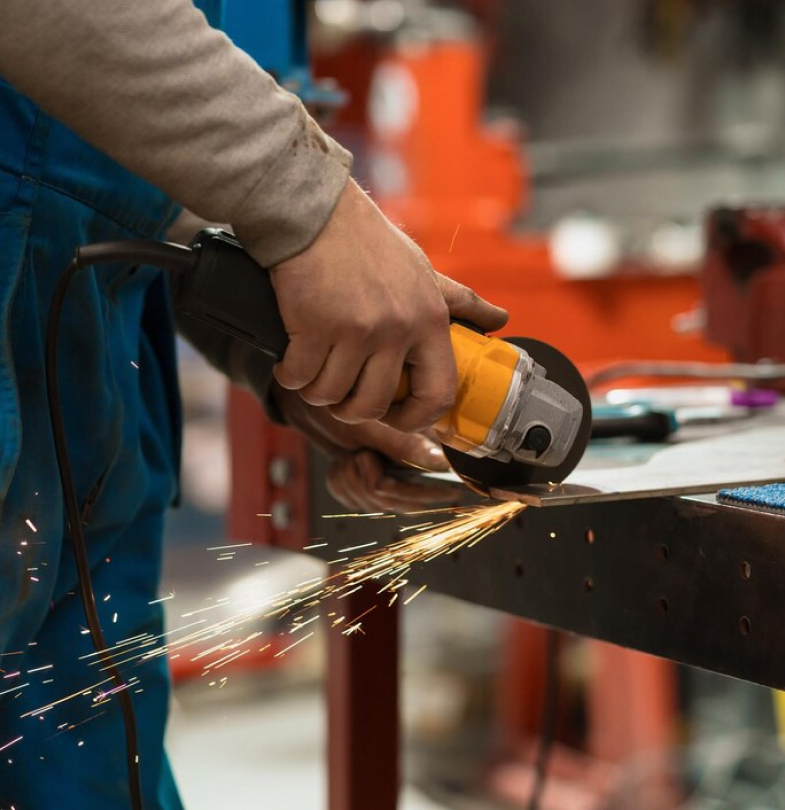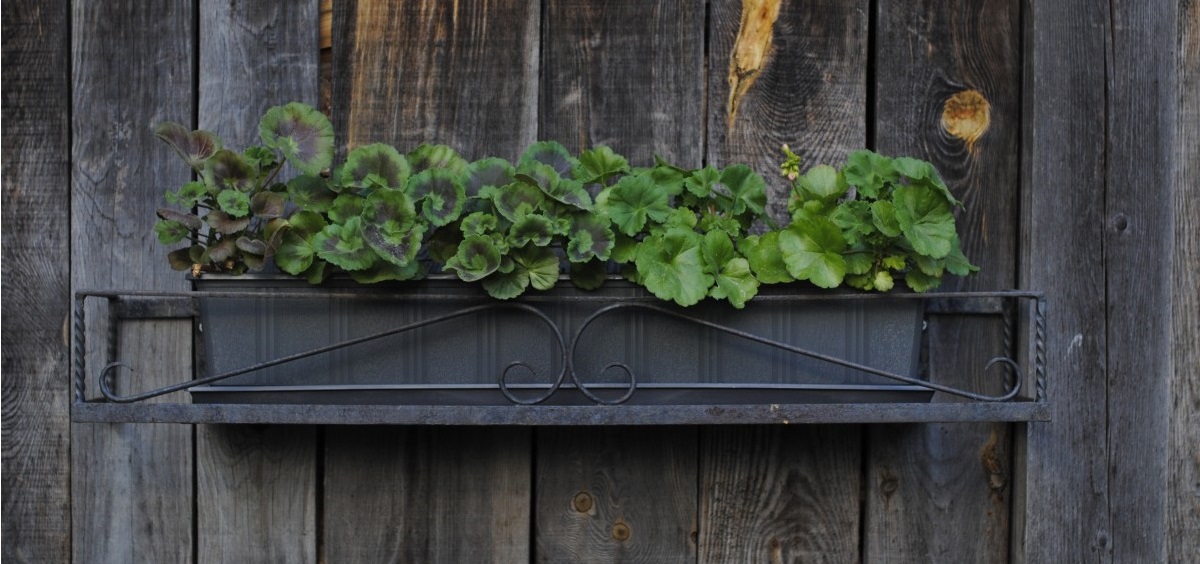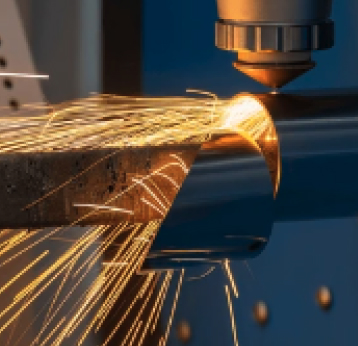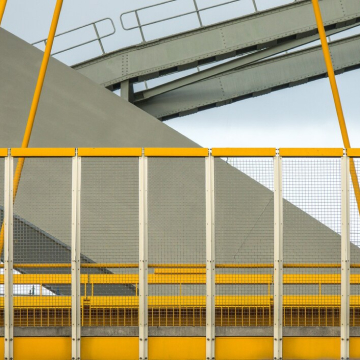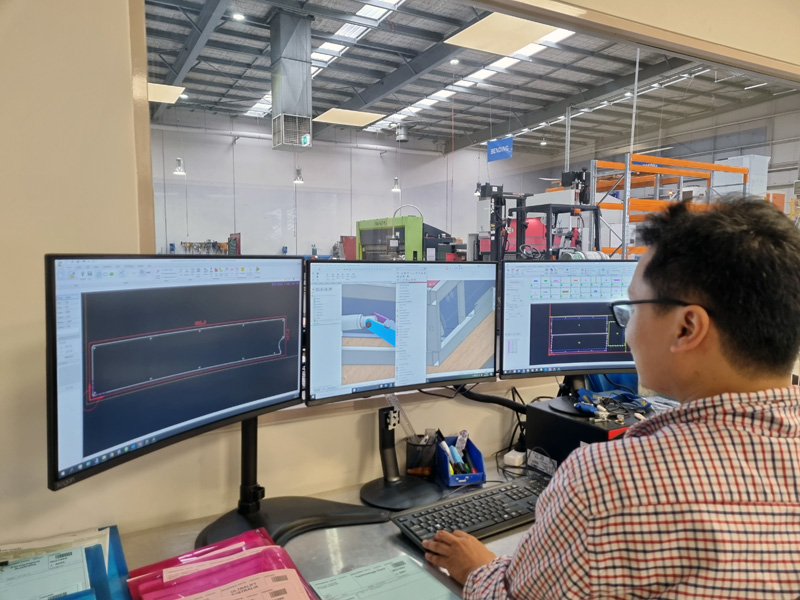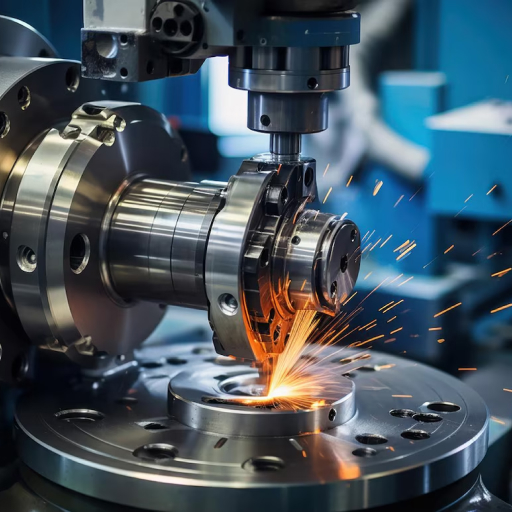How to use cut and etch technique to test a weld
Macro etch test is a technique used to test a weld by revealing the structure of the base material and weld. It’s a destructive testing method that is used to evaluate the characteristics of the weld. First, the sample is cut to expose the profile of the weld. This allows us to see how the weld is adhering to the base metal, and also shows us other characteristics like penetration or cracks.
After cutting, the sample is published to reveal create a smooth surface before etching. The cutting process usually leaves a coarse trace on the material, so polishing helps reveal the finer details of the weld and produces a smoother surface.

Profile of a MIG weld after cutting

The polished surface of the weld with a 240 grit sandpaper
After polishing to the required level, different acid-based solutions can be used to etch the surface and reveal even more detail. A combination of ethanol and nitric acid is usually used. Other industrial-grade rust removers can also be used for this purpose (for example, Rust Off from Bunnings Warehouse or other phosphoric acid solutions). Make sure you use proper personal protection equipment (P.P.E – such as gloves and eye protection) and follow the local regulations for disposal of these solutions as they are usually classified as harmful and corrosive.


The profile after etching revealing the weld boundary
After etching the sample in the acid-based solution for a few minutes, the boundaries of the base metal and weld become visible. The visual inspection at this point can reveal additional information about the weld. For example, the following photos show the effect of different wire feed rates on a MIG weld.
Effect of MIG wire feed speed on the welding tested by cutting and etching

6 m/min wire feed speed

8 m/min wire feed speed

10 m/min wire feed speed
Based on these tests, it can be seen that 10 m/min is too fast for the feed speed and there is no penetration or proper adhesion as the wire melts up too quickly to provide proper welding. 8 m/min provides a better weld penetration compared to 6 m/min, however, the operator needs to adjust the hand movement to cover the base of the weld and both sides properly.
Low magnification microscopes can also be used to examine the finer structure of the weld. That’s why polishing should be done to achieve a finer surface finish before etching.
